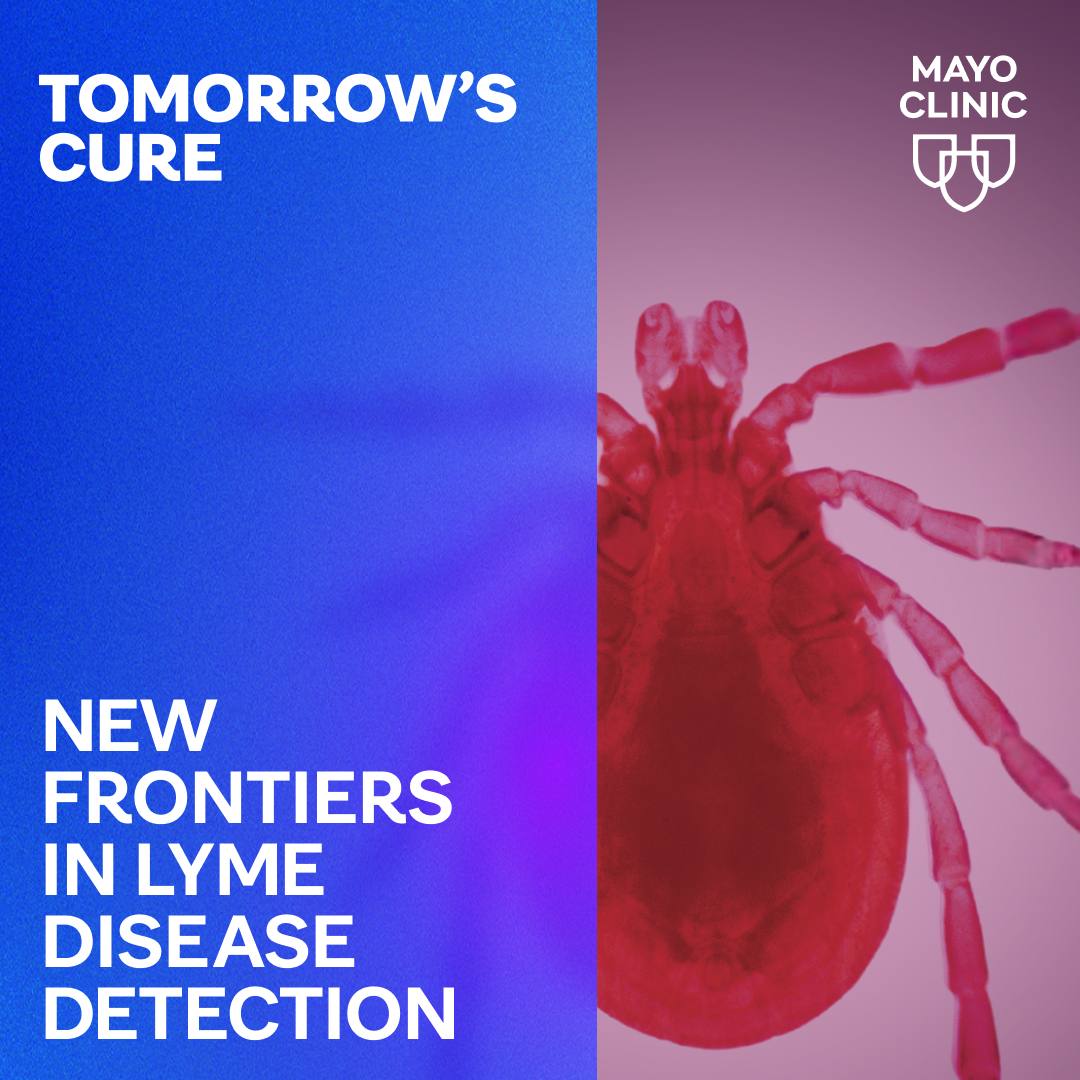
Advanced testing at Mayo Clinic Laboratories that confirmed a diagnosis of myasthenia gravis put Lorinda McKinley on the road to renewed health after she nearly lost it all to the rare autoimmune disease.
When Lorinda McKinley arrived at Mayo Clinic’s Spine Center in February seeking a second opinion for neck surgery, her eyelids were droopy, her jaw routinely fell open, and she couldn’t lift her arms above her head.
Based on the results of an MRI she received at a health care facility near her home in Indiana, Lorinda had been told that a pinched nerve was the source of her symptoms, which first appeared in August 2020. But that diagnosis didn’t seem to explain the range of issues she had.

“I couldn’t eat without moving my jaw with my hand. I couldn’t walk a long distance. My speech was slurred; I almost sounded like I had been drinking. My right eye was drooping, and I couldn’t see out of it,” Lorinda says. “I couldn’t believe that a pinched nerve would affect my eyesight. Maybe my arms, but the walking and the speech and the jaw? I didn’t think of it all as connected.”
The reason Lorinda couldn’t fathom how a pinched nerve could trigger such diffuse symptoms was because a pinched nerve was not at fault. The autoimmune disorder myasthenia gravis was the true source of Lorinda’s symptoms. A rare condition, the disease is diagnosed in only about 1 in 500,000 people each year.
Even though it’s uncommon, myasthenia gravis was among the first diagnoses Mayo Clinic neurologist Karen Truitt, D.O., suspected at Lorinda’s initial consultation.
Read the rest of Lorinda's story on Mayo Clinic Laboratories Patient Spotlight.







